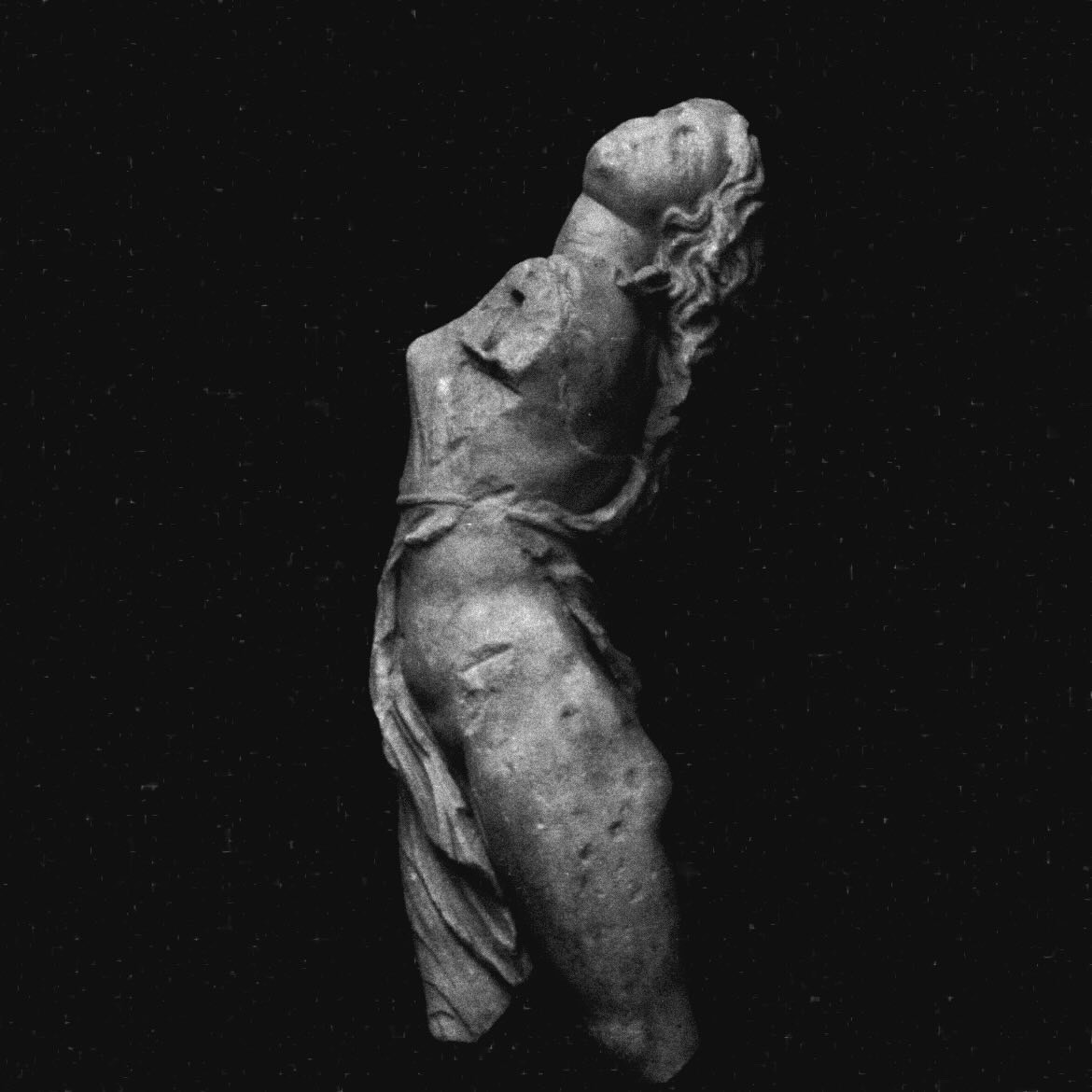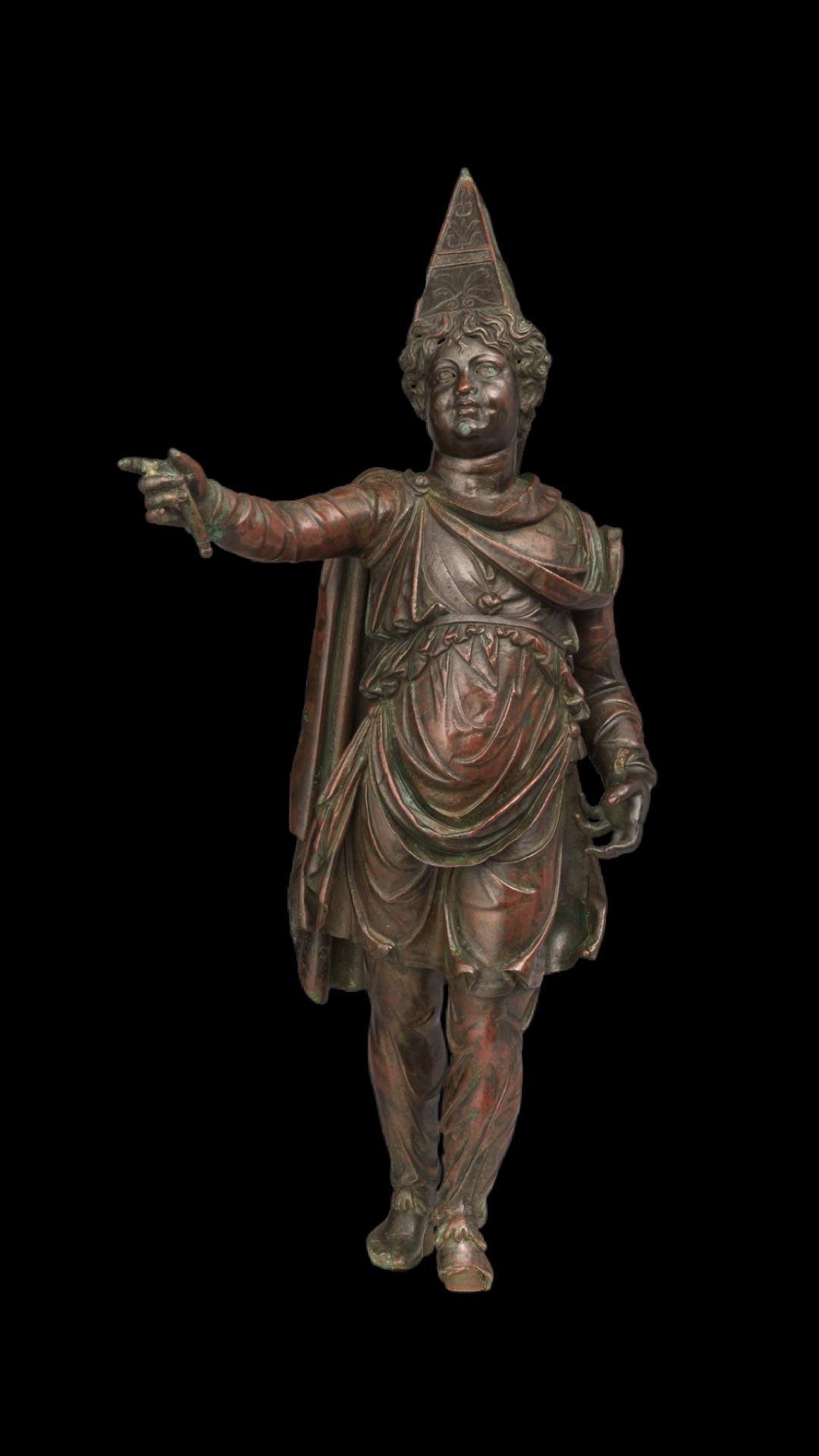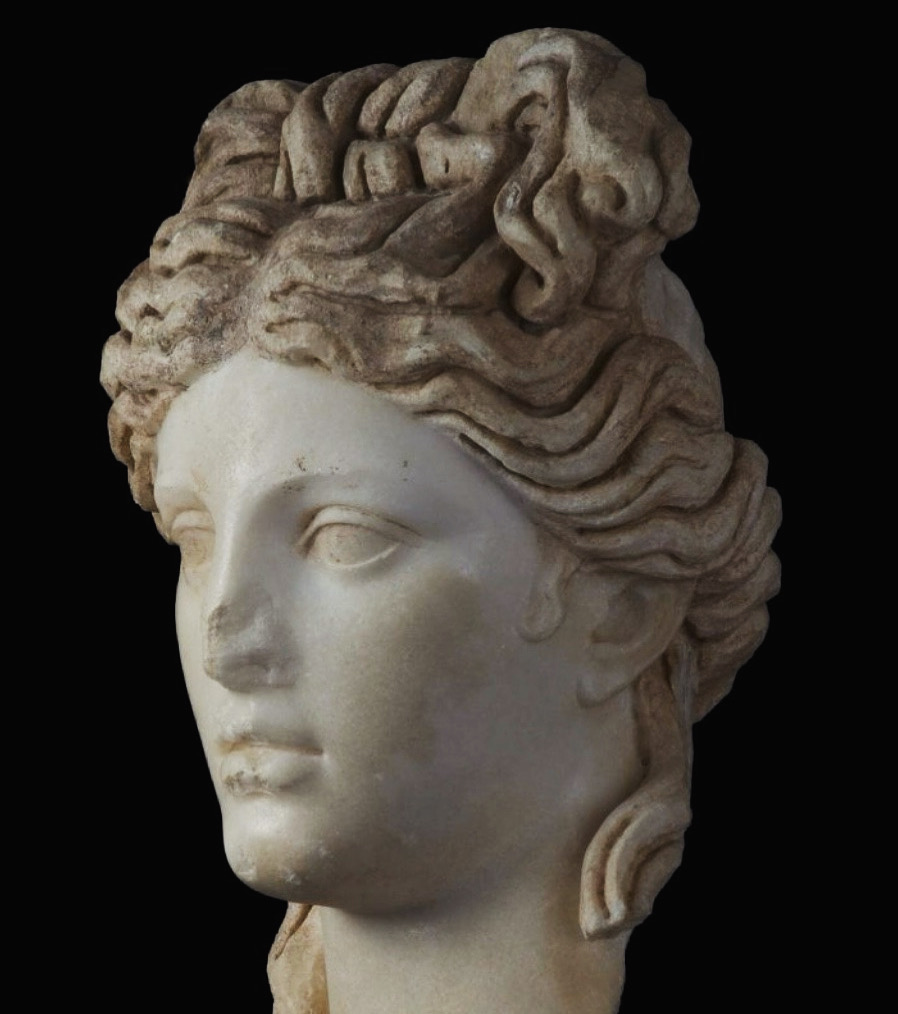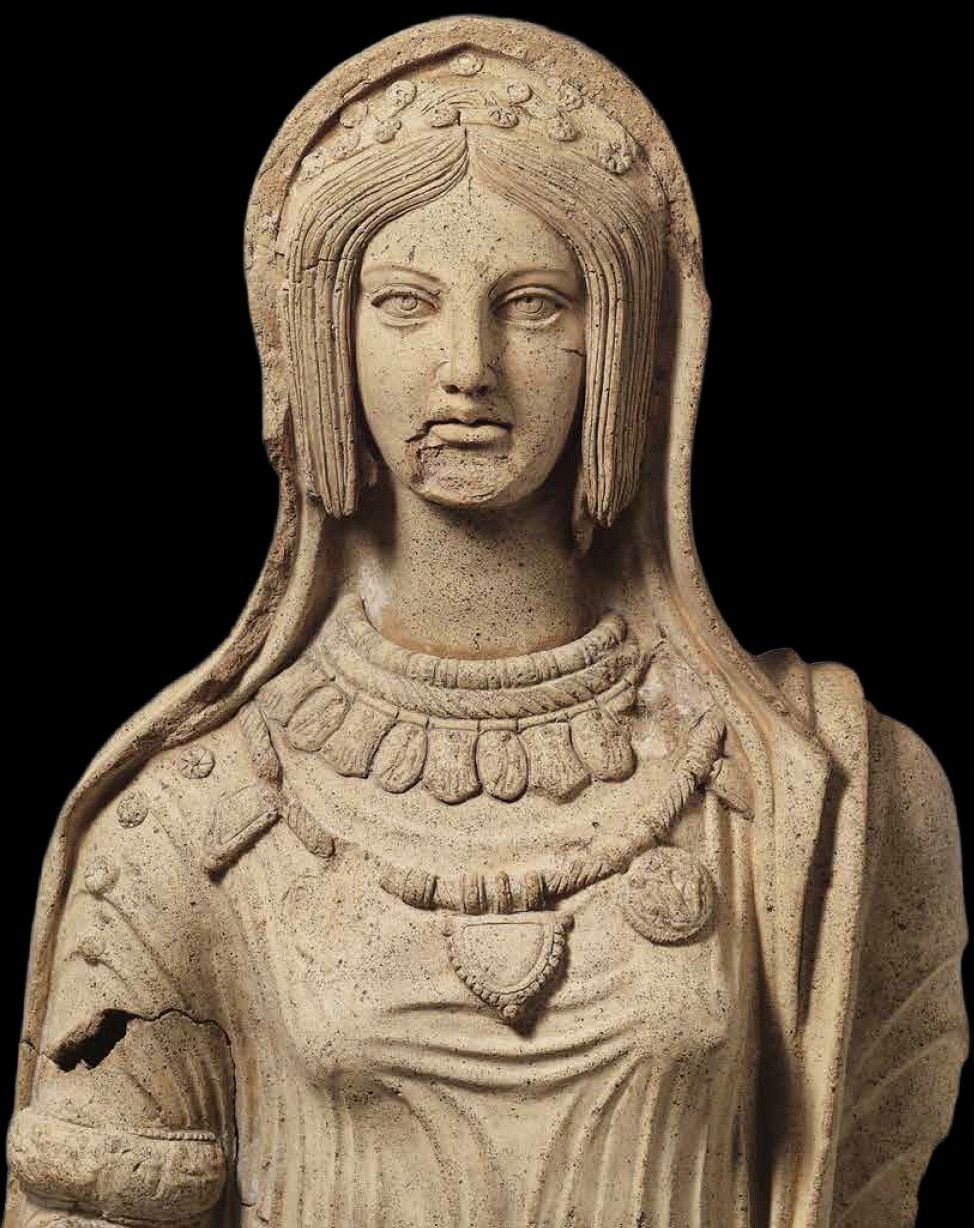Dancing with what is sometimes referred to as ‘orgiastic’ abandon (I do so love when dour early 20th century German scholars sprinkle their descriptions with such unexpected gems) this ecstatic marble maenad in Dresden (acquired by the Albertinum in 1901), has attracted a great deal of attention for centuries if not millennia. She is usually understood to be a Roman rendition of a famous original by Skopas (and by the dreamers among us perhaps the Late Classical original itself).
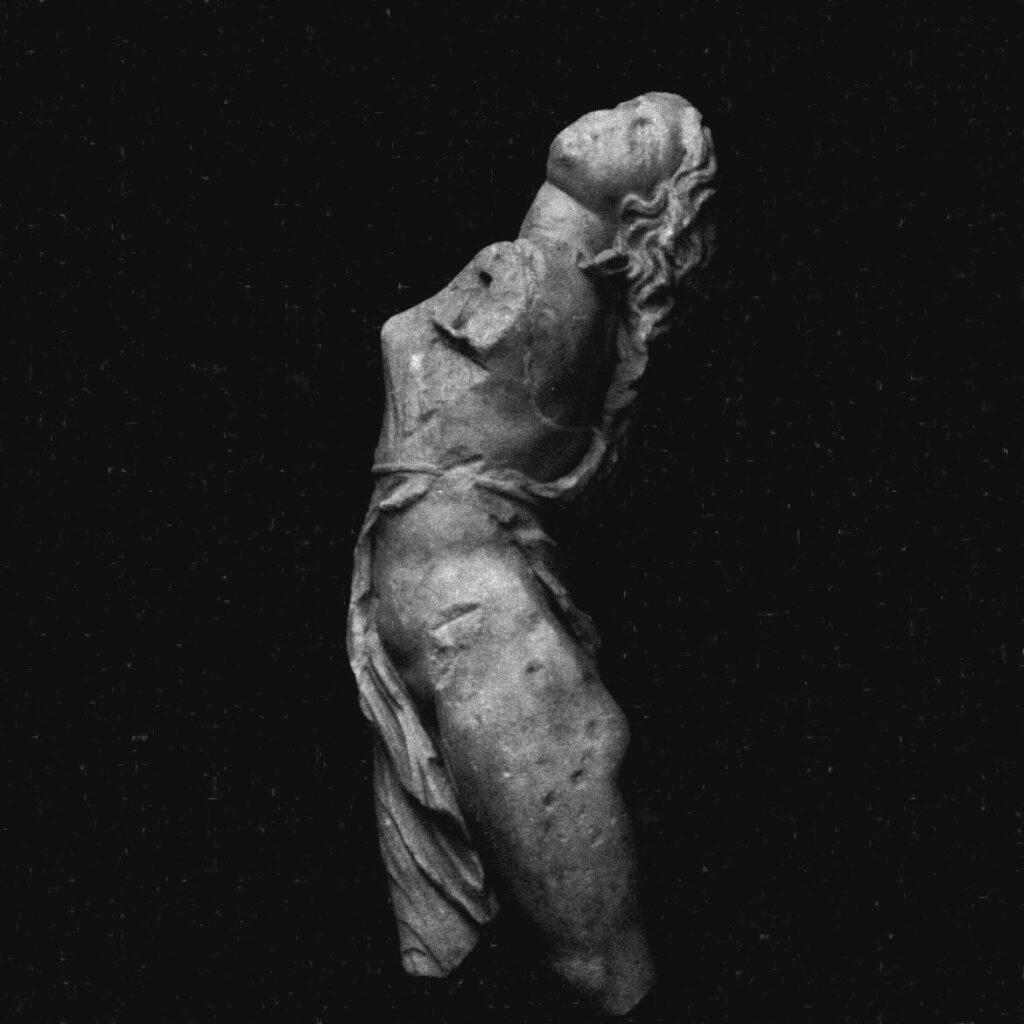
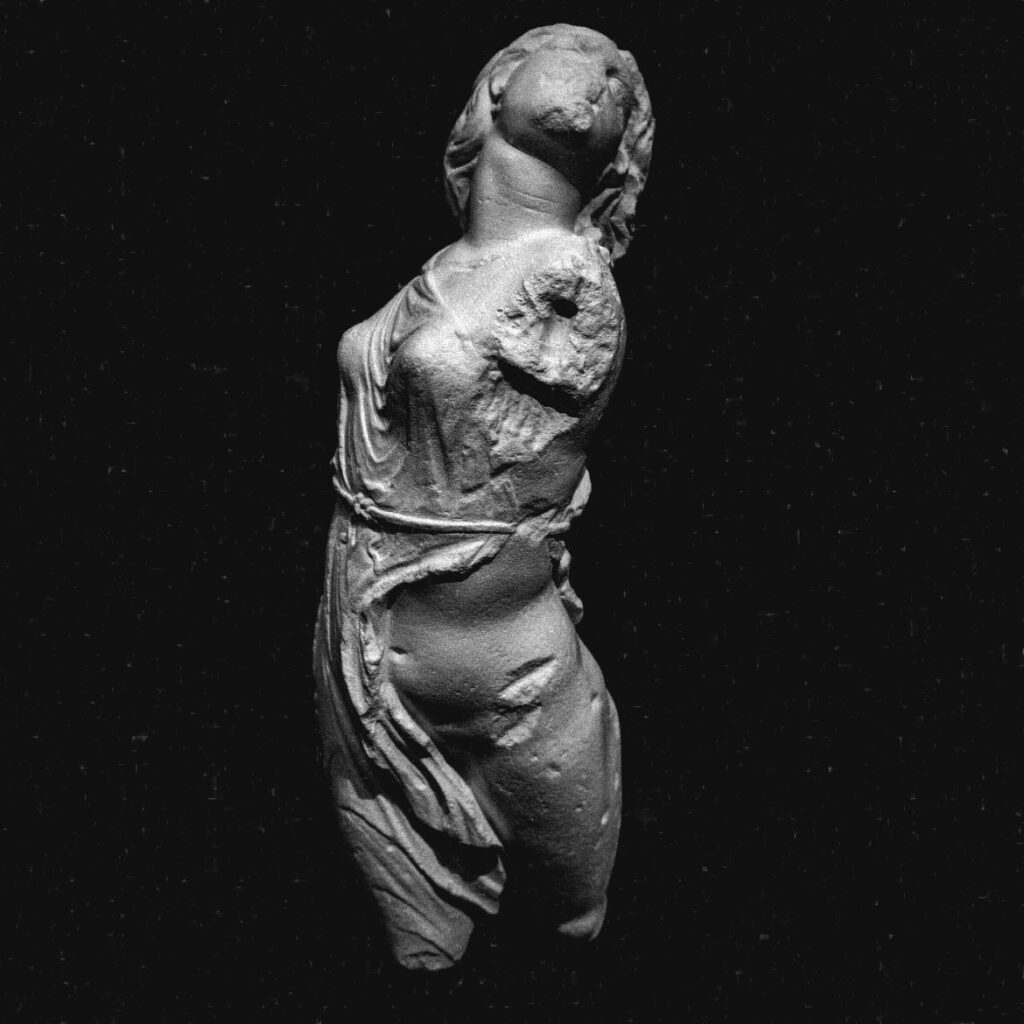
Hairsplitting aside (what’s a few centuries among friends?) the exuberant torsion (orgiastic or otherwise) of Skopas’ masterpiece floored the 4th century A.D. chronicler Kallistratos who recalls he was rendered speechless before it (a wordy fellow, this is noteworthy in itself…).
He was stunned at the manner in which the Parian marble ‘seemed to depart from the law which governs stone’ with divine madness veritably ‘blazing from it’, and a raw vitality captured by the wind-tossed locks of hair. Even fragmentary and well under life-sized, she projects an uncommon energy, rippling through that revealing tunic and the viscerally life-like flesh beneath.

